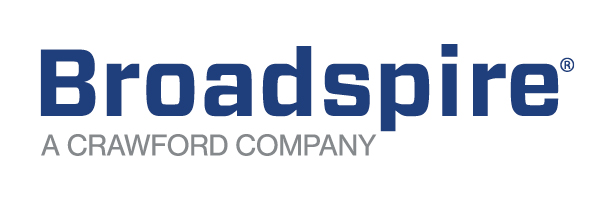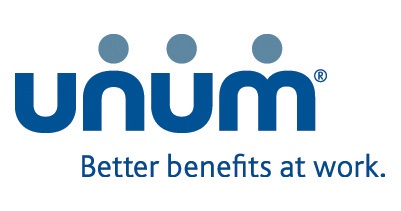Employers must consider several factors related to their short-term disability (STD) program such as costs, employee experience, and the work location of their employees, including virtual/remote employees. In states with a statutory disability program, employers must also consider:
Whether to provide STD at all – some employers choose to rely solely on the statutory program to provide partial income replacement. Multistate employers, however, may have employees in states with and without statutory disability, which can cause inconsistency of benefit availability and benefit details (eligibility, benefit amounts, duration, etc.)
Whether to participate in the state-run program or opt out for a private/voluntary plan (in states that allow this option). While a private plan must provide equivalent or greater benefits, this option can provide more control and reduced costs to the employer and employees. State-run programs often require employees to take additional steps to complete the separate application process in addition to the employer’s leave of absence process, creating a cumbersome employee experience. Private plans allow for more flexibility, but require the employer (or their vendor/TPA) to administer claims.
When an employer chooses to provide STD in addition to a statutory program, the first decision is whether to manage the program internally or outsource. If outsourced administration is selected, it’s important to identify the correct partner that aligns with the employer’s vision for compliance, employee experience, and costs. Next, the employer must consider integration of benefits between STD and statutory – there are many layers here (e.g., definition of disability, elimination period, duration of benefits), but a key element is avoiding overpayment.
Many employers use an estimate of the statutory benefits and reduce STD benefits, which can result in delays for the employee to receive their full benefit amount, as it comes from multiple sources. This also requires excellent coordination between the employer’s LOA and STD programs, and other internal groups, often including human resources (HR), payroll, human resource information systems (HRIS), etc. to ensure accurate and timely benefits for employees.































